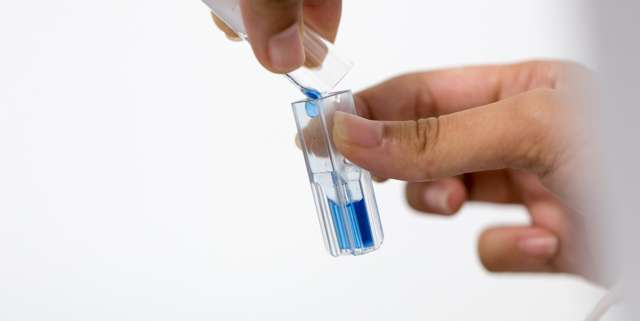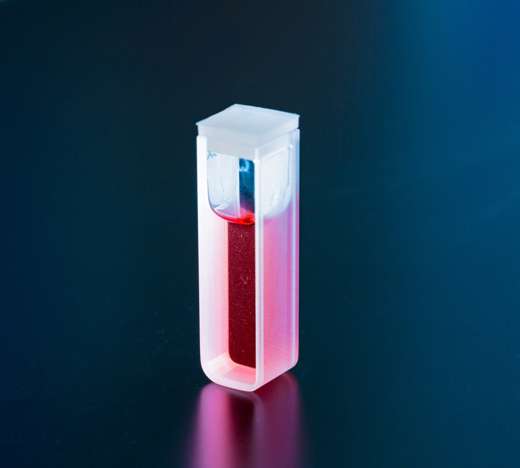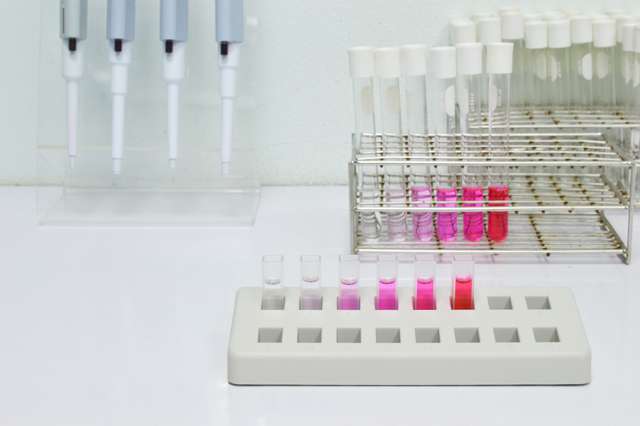
Achieving the best color measurement results depends on choosing the right tools, including the best sample holders. Image Source: Shutterstock user Rattiya Thongdumhyu
In a broad range of industries, obtaining accurate color data and maintaining color consistency of liquid products is essential. This is particularly true when color has a significant impact on both the functionality and appeal of a liquid, which is why spectrophotometric color measurement is an integral part of quality control protocols for virtually endless array of products. However, the spectrophotometer is not the only factor to consider when establishing analytical methods; you must also consider the suitability of spectrophotometric accessories.
This is where a common question arises: should I use glass or plastic sample holders? Both glass and plastic sample cups are versatile, widely available, and can often be effectively employed for reliable color measurement of liquids. Therefore, when choosing which of two types to use, it is important to consider the pros and cons of each material.
Glass vs. Plastic Sample Holders
At the most fundamental level, the question of whether you should use a glass or plastic sample holder to measure the color of a liquid product has a simple answer: either option is likely to be sufficient. There are certain benefits to glass sample holders that render them slightly preferable to plastic sample holders, but if plastic sample holders are used properly, they can often be just as effective for color consistency measurement; as long as you are familiar with the potential pitfalls of plastic sample holders, they can achieve the same level of reliability as glass sample holders. However, there are certain circumstances in which it may be optimal to take advantage of the benefits of glass sample holders.

Choosing the right sample holder can ensure accuracy of color measurement and enhance safety in your lab. Image Source: Shutterstock user science photo



